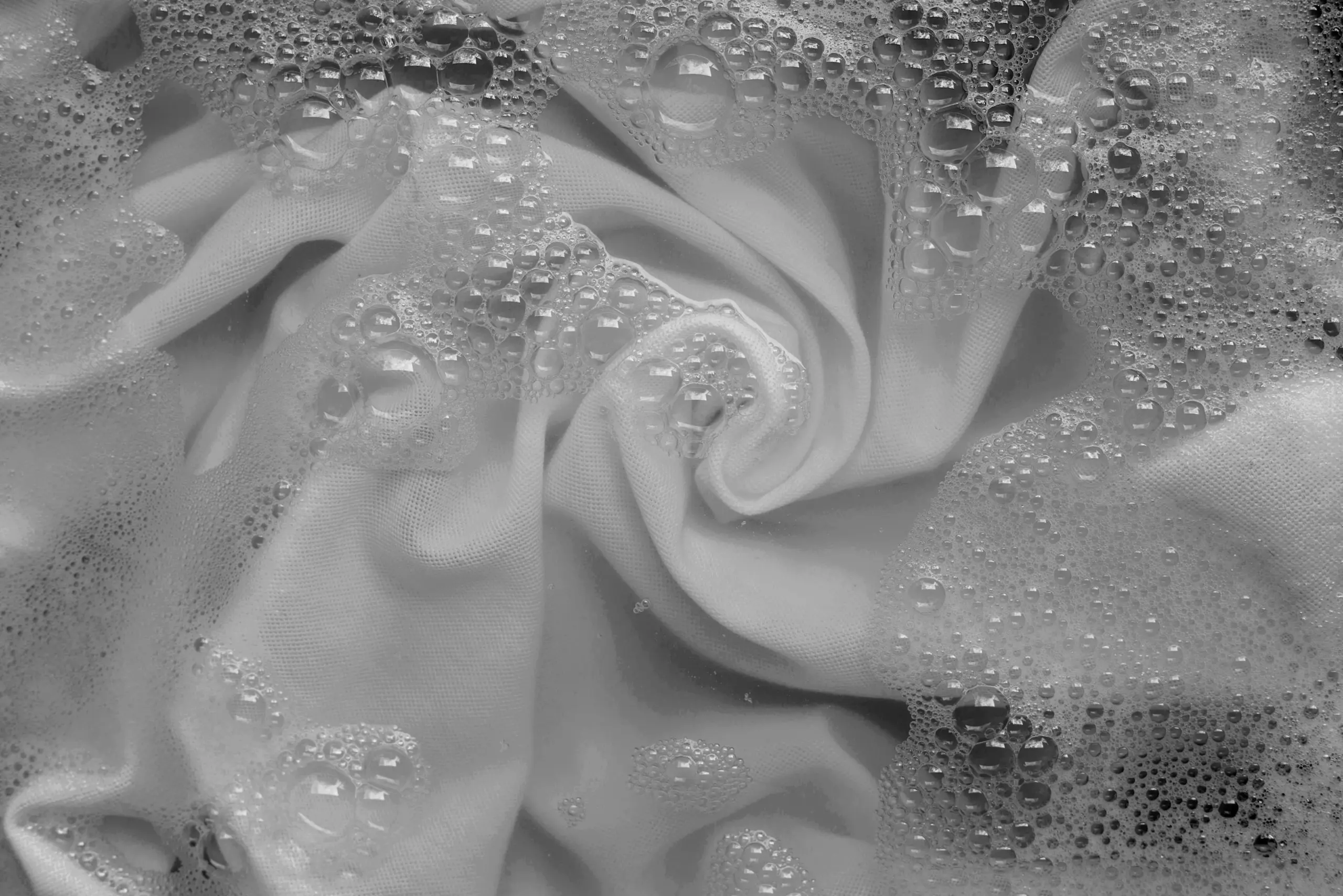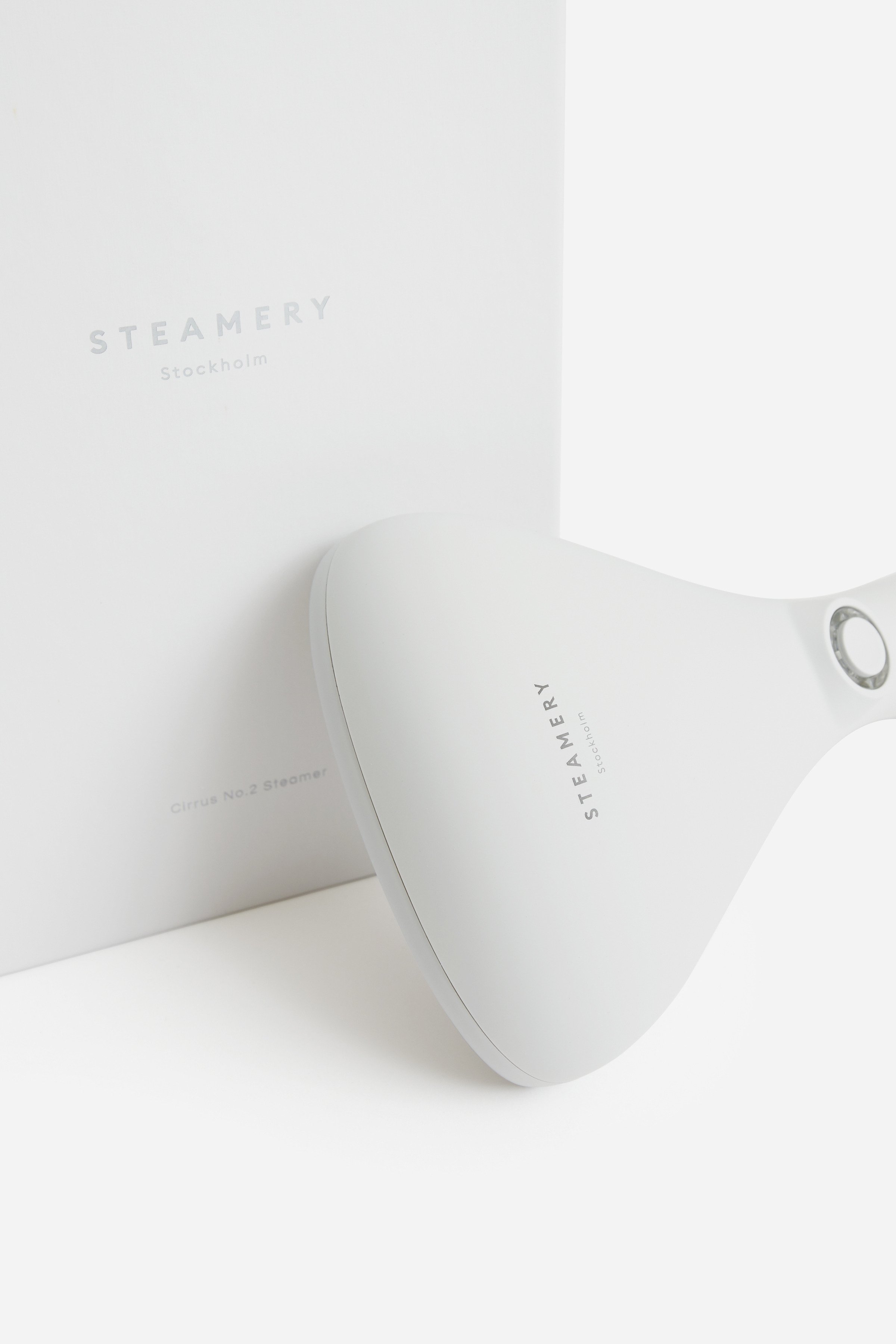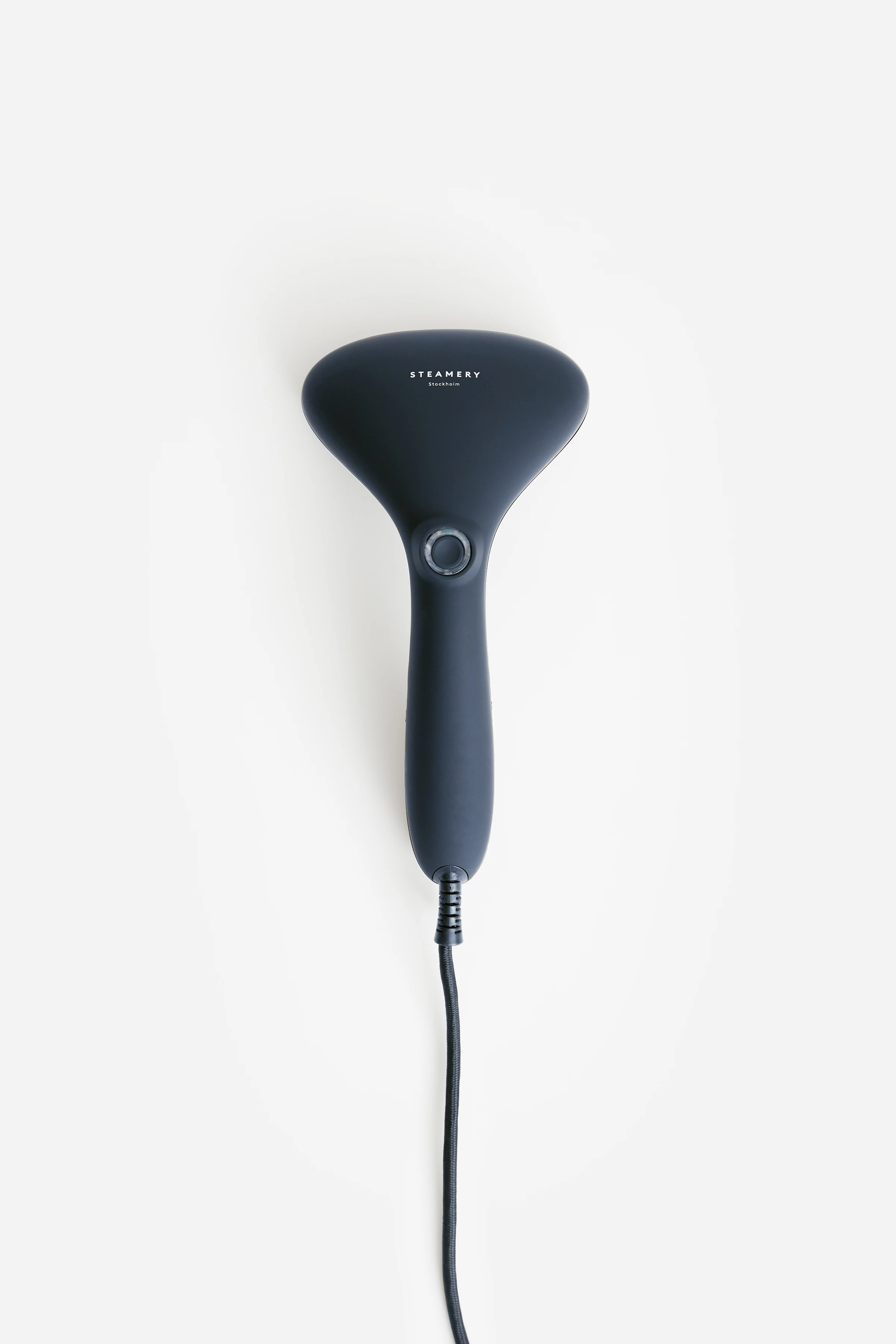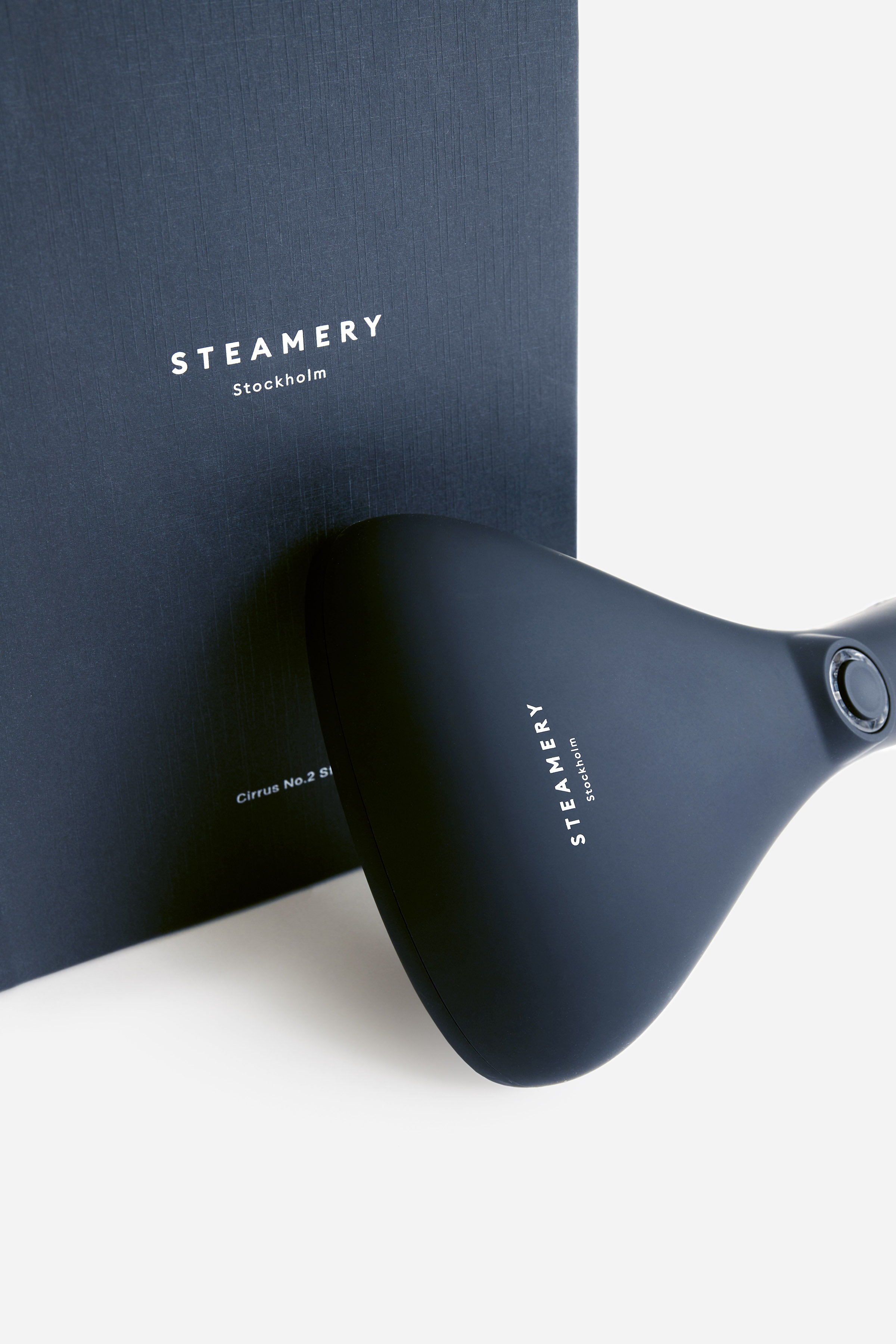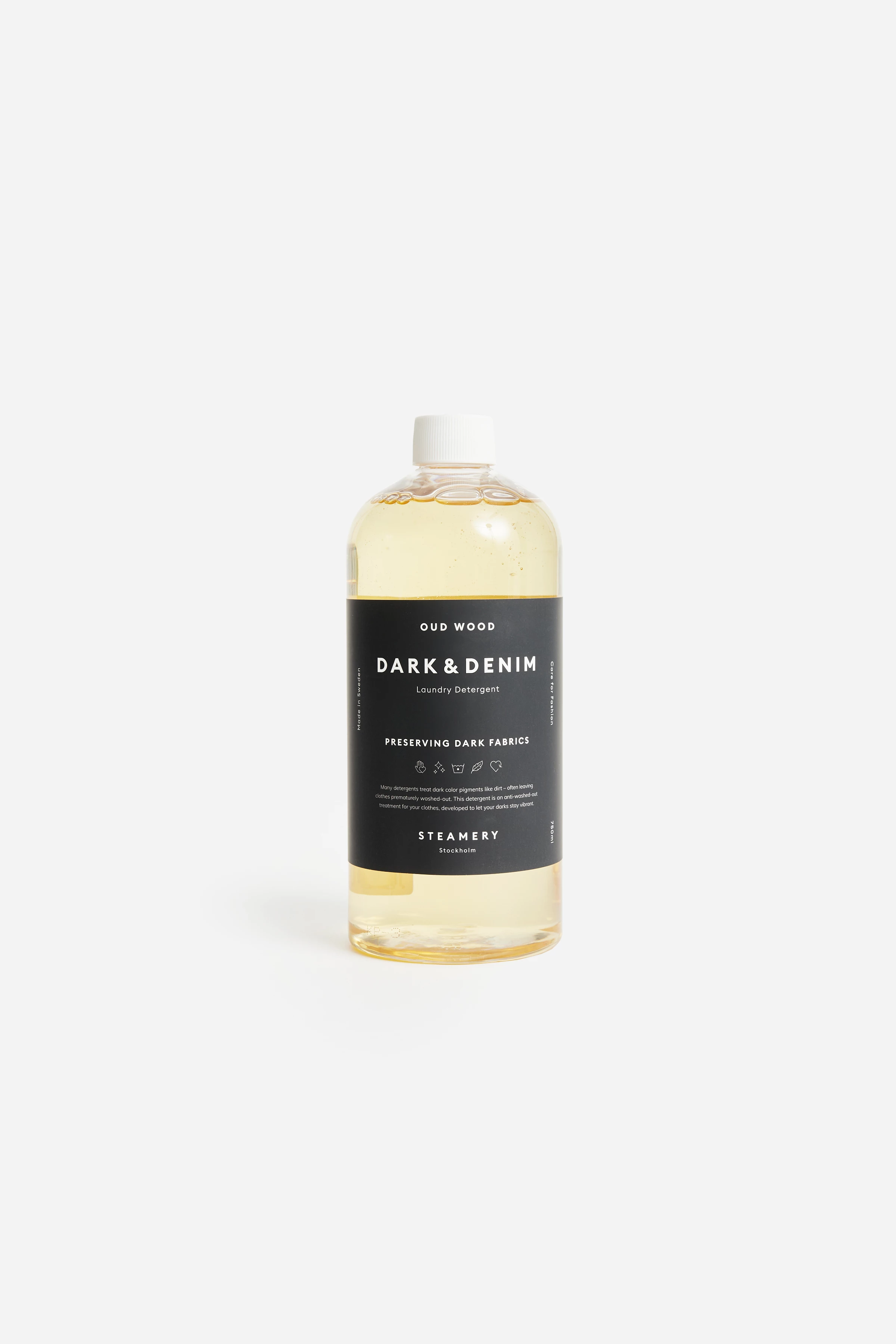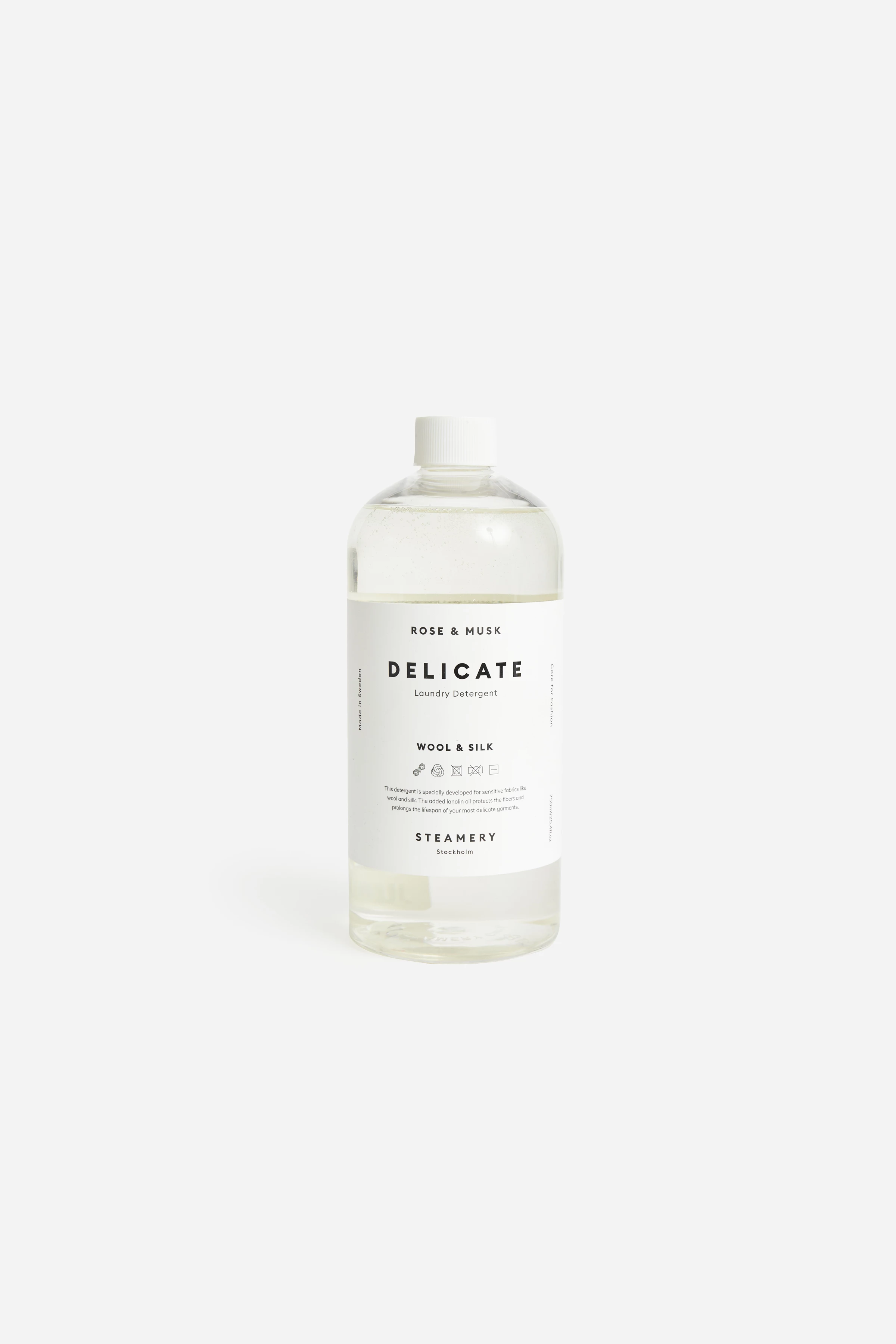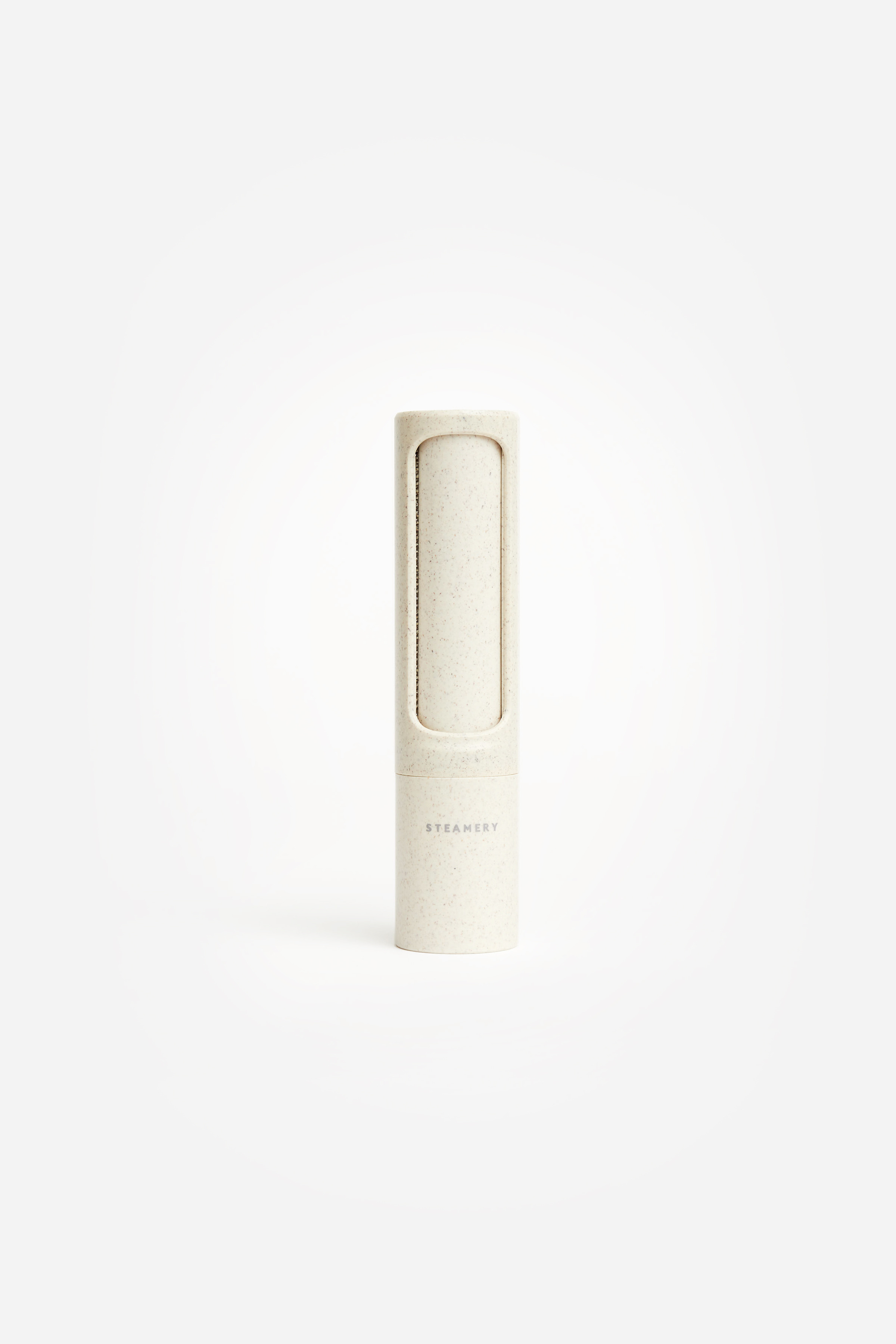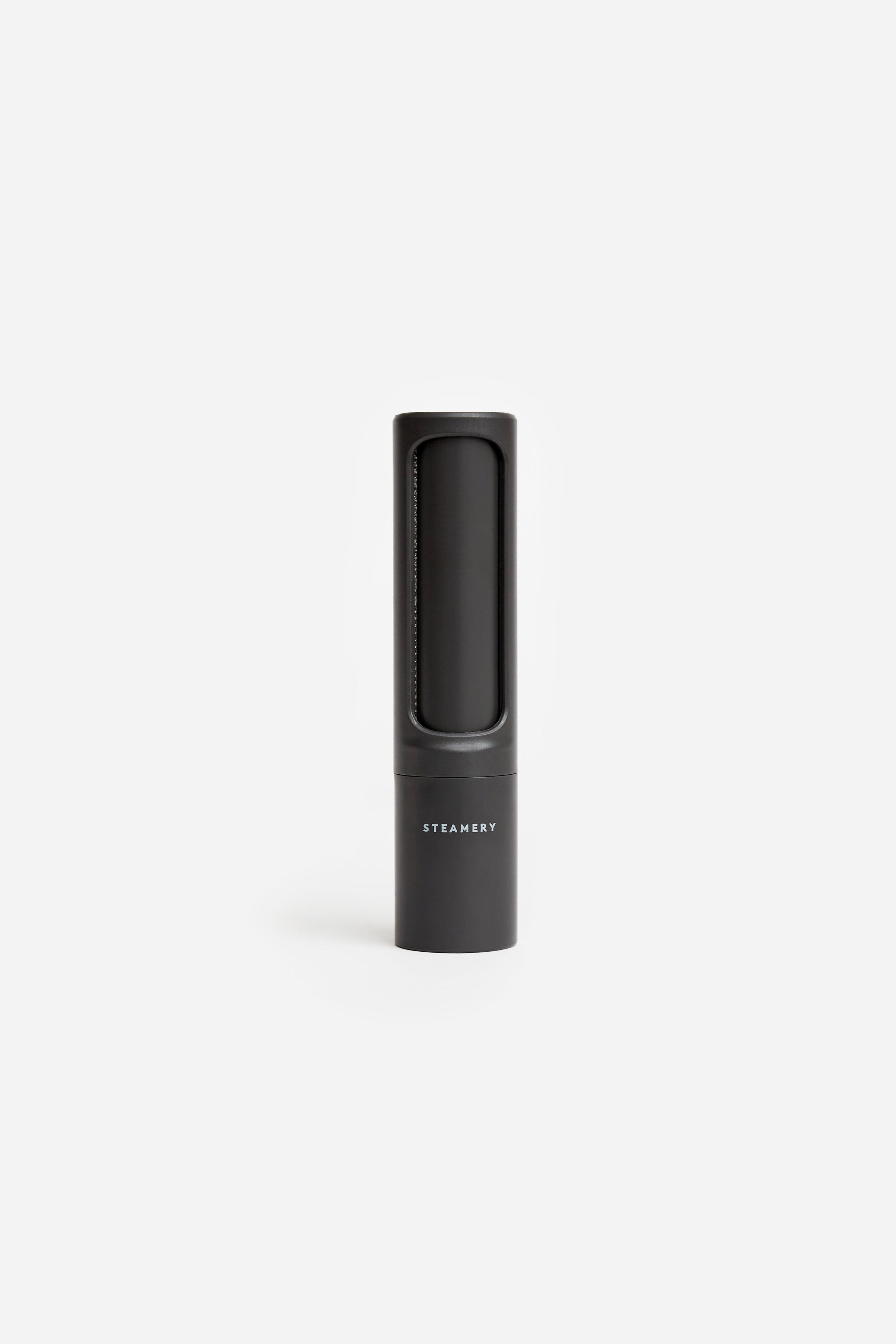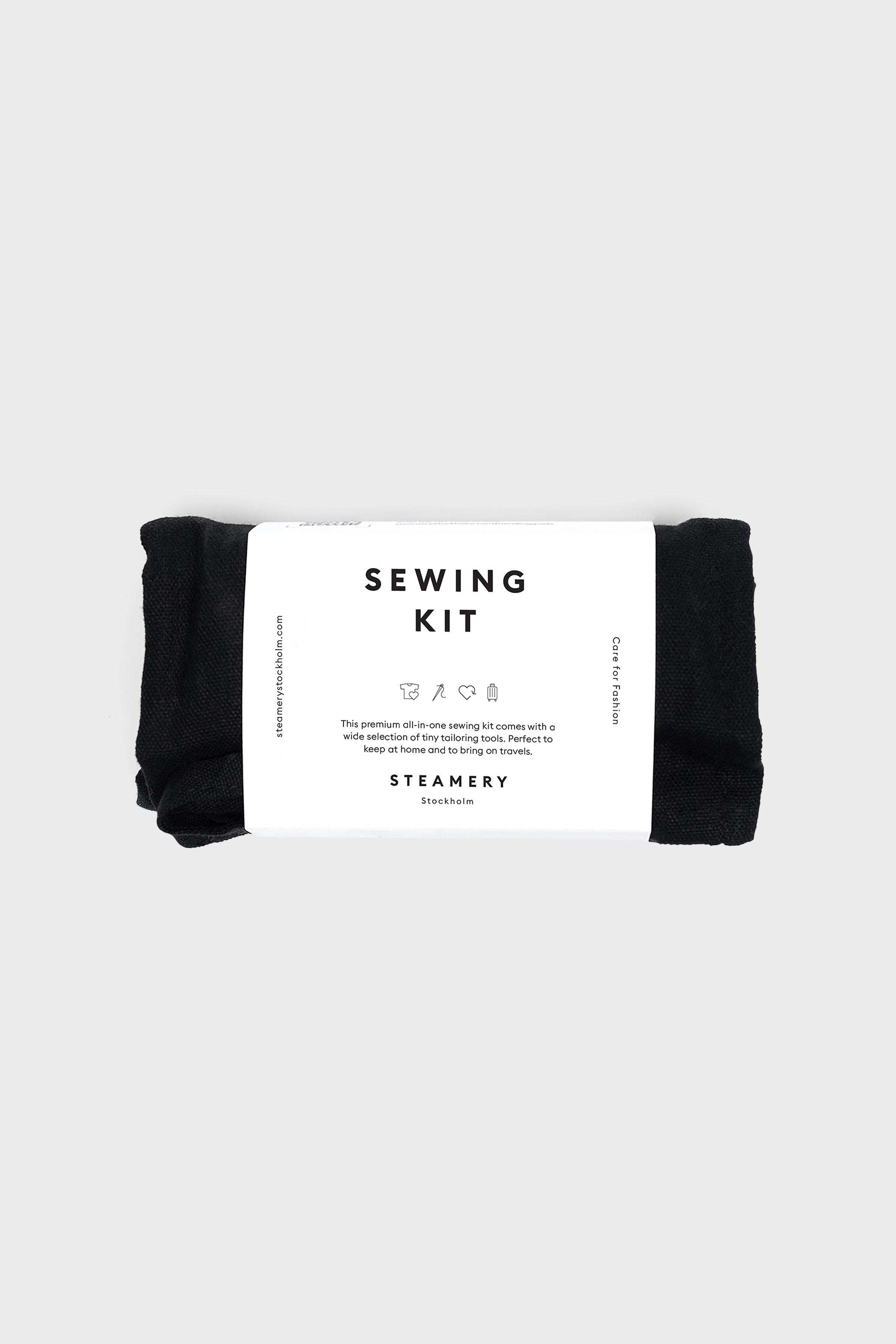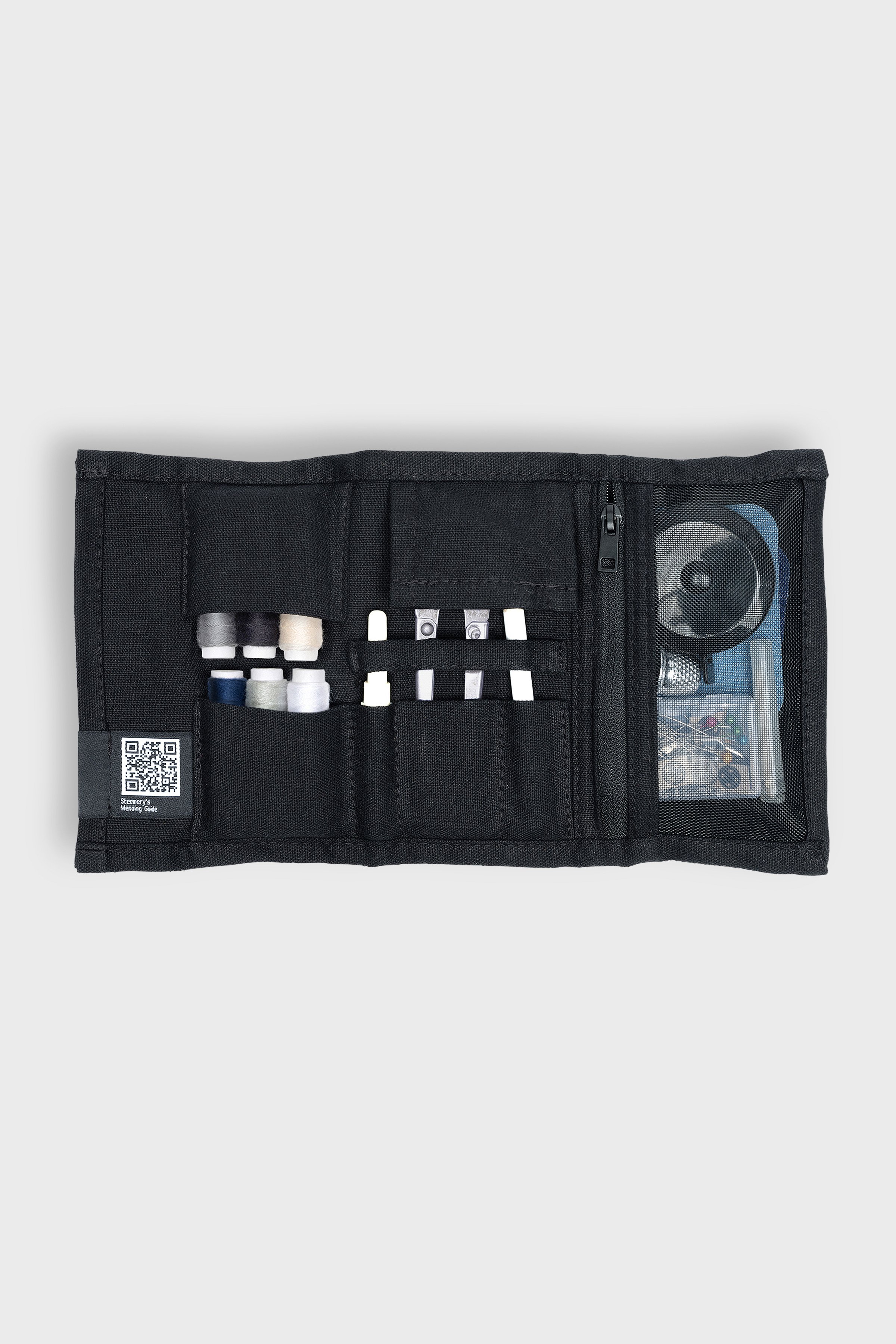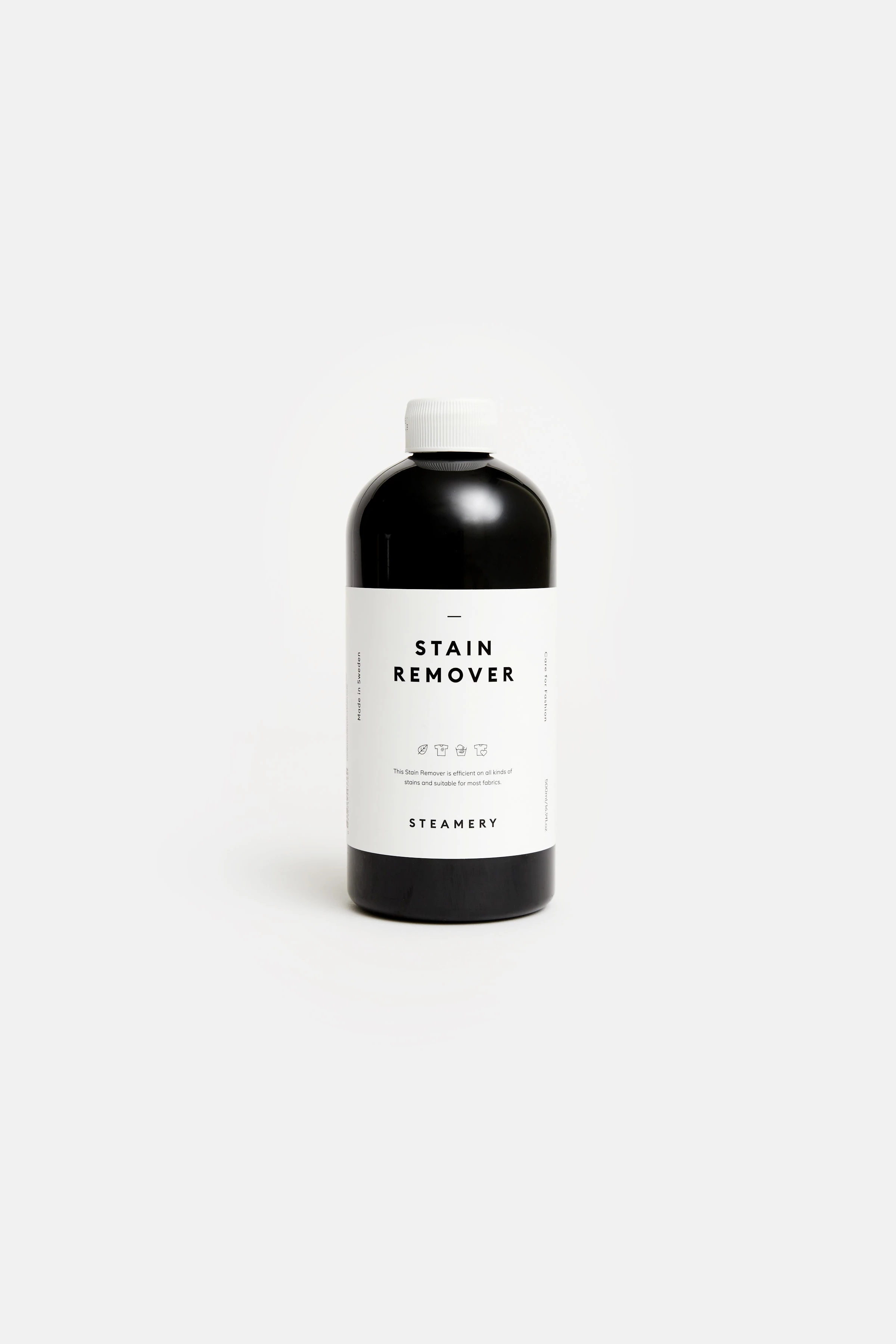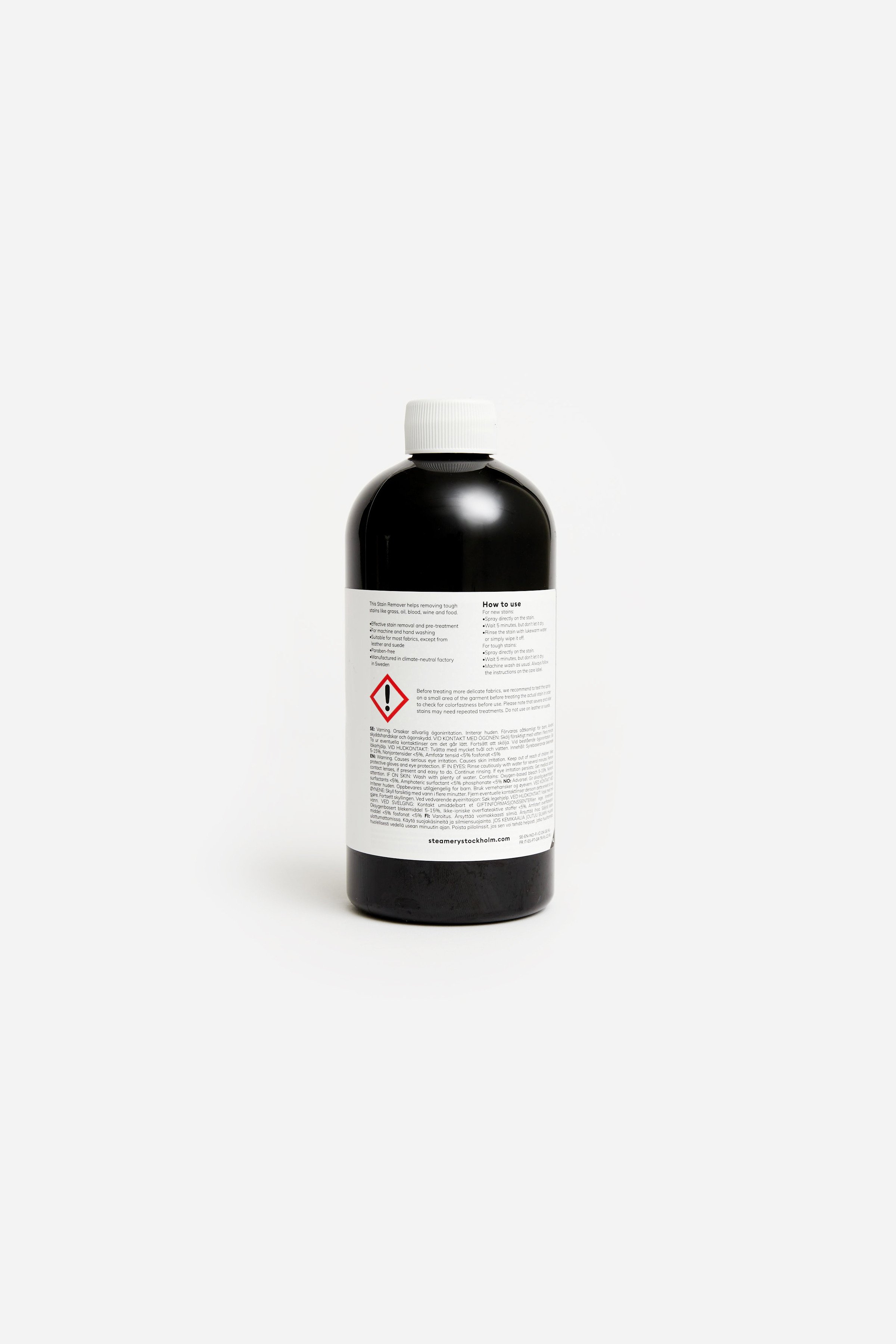Love your clothes properly
Do you love your DRYKORN products as much as we do? Sometimes even well-meant care can be too much. That's why we're giving you a few important tips in our Care Guide to ensure that your favorite item of today is also your favorite item of tomorrow.
Pay attention to care labels
The right washing temperature, the best possible cleaning method and the right drying method - the symbols and instructions on our labels give you the right care instructions for each material. The QR code label also provides access to our detailed Care Guide at any time. So don't just cut off the label. Keep it, so you can properly care for your garment long after you've bought it.
Wash only if you need to
Don't wash your clothes after every wear. For many garments, such as jeans and sweaters, it is sufficient to air them out occasionally. This protects the material, helps the environment and saves money. Do you feel like your clothes need a little freshening up? Then treat them with steam first. Steamers such as the CIRRUS NO 2 STEAMER are a simple way to reduce odors, surface dirt and bacteria.
Using the right detergent and less of it
With the right detergent, colors stay bright and fibers new-looking for longer. For delicate fabrics such as wool and fine hair, we recommend using an enzyme-free detergent that does not dry them out. The Steamery DELICATE LAUNDRY DETERGENT is a great choice here. When dealing with dark garments and denim, it is important to fix the color. We warmly recommend the DARK AND DENIM DETERGENT, which was specially developed for these textiles. You should not use heavy-duty detergents for colored clothing, as they contain bleaching agents and can damage the color pigments. Use color detergents instead. It is also advisable to separate dark colored laundry from light colors. When dosing the detergent, keep in mind that more detergent does not mean better washing results, but only leads to heavier pollution of the environment.
Wash cold
It is usually sufficient to wash your clothes at 30 °C. This saves energy, protects colors and prevents the materials from shrinking. Towels and underwear should be washed at 60 °C. Together with the use of heavy-duty detergent, you can also prevent germs in the washing machine.
Reduce the spin speed
Low spin speeds between 600 and 1,200 rpm ensure fewer creases and reduce wear on your garments. We also recommend using a laundry bag for delicate materials. This not only protects your clothes but can also reduce the release of microplastics with special laundry bags such as the Guppyfriend.
Air dry whenever possible
Air dry your clothes instead of using a dryer. Hang them on a clothesline or lay them on a drying rack to conserve energy and extend the lifespan of your garments. Hanging clothes in direct sunlight can cause color fading, so choose a shaded area if possible.
Steam your pieces
Let off steam rather than ironing, save yourself some energy and nerves. Steaming with the CIRRUS NO 2 STEAMER is also gentle on the fibers of your clothes. If you wash your clothes on a reduced spin speed and hang them on a hanger immediately afterwards, you can also prevent creases.
Store correctly
A clean and dry environment for your favorite items is a must! While knitwear should be carefully folded in the wardrobe, delicate fabrics should be put on a hanger. Use sturdy, wide hangers for coats and suits. To avoid creases it is best not to hang them too close together. Store rarely worn clothes in garment bags and protect them against moth infestation with scented bags filled with cedar wood or lavender.
Care symbols and instructions
The golden rule is: pay attention to the care label when washing. To help you a little when reading a care label, we put together an overview of the most important care instructions:
| 3 | 30 °C Normal wash |
| b | 30 °C Mild fine wash |
| 4 | 40 °C Normal wash |
| 5 | 40 °C Mild fine wash |
| e | 40 °C Very mild wash |
| h | Hand wash |
| n | Do not wash |
| y | Do not tumble dry |
| x | Normal drying process |
| z | Mild drying processes |
| I | Do not bleach |
| t | Do not iron |
| q | Do not iron hot |
| r | Iron moderately hot |
| s | Iron hot |
| p | Professional dry-cleaning (Perchloroethylene) |
| P | Mild professional dry-cleaning (Perchloroethylene) |
| w | Professional wet-cleaning |
| W | Mild professional wet-cleaning |
| k | Do not dry clean |
Garment care
What is the best way to care for wool? What does your suit need to keep its shape? With our garment care manual, you find the most important basics for the correct care of special materials and garments in one place.
Hand wash
Delicate products such as wool should usually be washed by hand. Luckily, hand washing is a meditative, uncomplicated task!
You will need
Hand washing is no wizardry, and you certainly have the most important tools for it at home:
- a large bowl or bucket
- a gentle detergent
- lukewarm water (approx. 30 °C or less)
How to hand wash
- Dissolve the recommended amount of a suitable detergent in lukewarm water.
- Soak your garment completely and knead it gently for 1-2 minutes.
- Then leave it to rest in the washing solution for about 10 minutes.
- Take the piece out. Replace the dirty water with clean water and rinse the detergent residue out of your garment.
- Gently squeeze the water out of the garment by wrapping it in a towel. However, never twist it or wring it out!
- Lay the piece flat to air dry, either on a fresh towel or on a drying rack
Special case: Cold wash
Cold washing means (hand) washing with water that is no more than 20°C cold.
A little tip: If you set your tap to the maximum cold setting, the average temperature of your tap water is usually 15 – 20°C.
Your laundry machine’s hand wash setting
You can certainly use your machine's hand wash program if an item of clothing is marked as hand wash. However, we cannot guarantee that the garment will survive the wash cycle undamaged and therefore recommend a proper hand wash for such items.
SIGN UP FOR OUR NEWSLETTER
Sign up for our newsletter and enjoy 10% off your first order.
Get inspired and receive all information about promotions and news about DRYKORN.



















